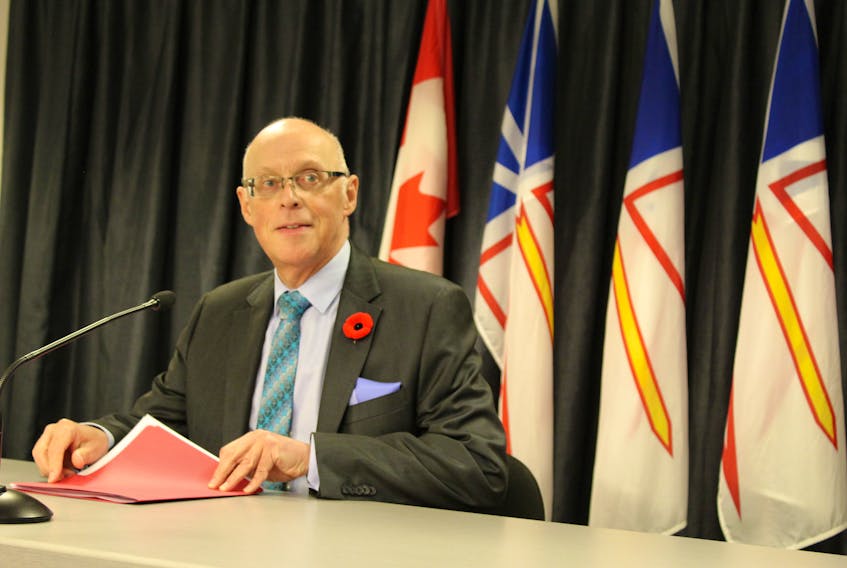Personal care home operators and the minister of Health are at odds over what’s been happening to subsidies for personal care home beds.
At a news conference on Monday, a group of people stood in the back of the Confederation Building media centre and stared daggers at Health Minister John Haggie.
Gerry Kirby is a board member of the Quality Living Alliance, which advocates for the private personal care home industry.
Kirby says changes to subsidies for those receiving Level 1 care – those without significant need for assistance – are preventing new seniors from entering the system.
Kirby says the subsidy for the lowest-need seniors has been removed, forcing them to pay fully out of pocket or go without a bed.
“It’s a two-tiered system,” said Kirby.
“People that have been assessed before as a Level 2 are now Level 1. They’ve determined that Level 1 residents can no longer go into personal care homes. The only way they can go in is if they have the funds.”
Currently, government offers a subsidy to those who meet certain financial thresholds of up to 75 per cent of the cost of a personal care home bed – an average of $1,400 per resident a month towards the total monthly cost of $2,375.
The changes came into effect at the beginning of this month, according to Kirby.
But according to Haggie, the industry is confused on the matter.
“There was a perception out there that something had changed, but it hasn’t,” said Haggie.
“We have had these discussions in meetings. We have the data to show that each of their comments are not factually accurate. Our challenge is, we have collectively a problem. None of us is going to be in a position to solve it. We need to sit down with personal care home operators and solve it together.”
Haggie says more conversation is coming with the personal care home industry to clarify the matter.
The challenge facing the province is just how quickly the population is aging.
The Department of Health says 19 per cent of the population is age 65 or older – but that will go up to 27 per cent in the next decade. The federal parliamentary budget office predicted in 2017 that the number could go up to 63 per cent by 2040.
The government is launching a series of consultations to figure out how many personal care home beds are going to be needed to meet the demands of the aging population.
The 84 private personal care homes in this province make up 4,083 personal care beds. Those beds are currently 83 per cent occupied, according to the department.
The high number of seniors is contributing to the government’s “home first” strategy, aimed at allowing those with less serious illnesses to stay home, rather than sitting in a long-term care bed that may not be needed at the time.
The province recently spent $1.7 million for a three-year investigation to determine how best to allow dementia patients to be treated from home when the disease is in its earlier phases.
The government also wants to ensure seniors who want to spend their last days in their own home, rather than in a hospital bed, have that option.
Another assessment is currently ongoing to determine whether this province needs a residential hospice centre – essentially a single building dedicated to providing palliative care.
Twitter: DavidMaherNL









